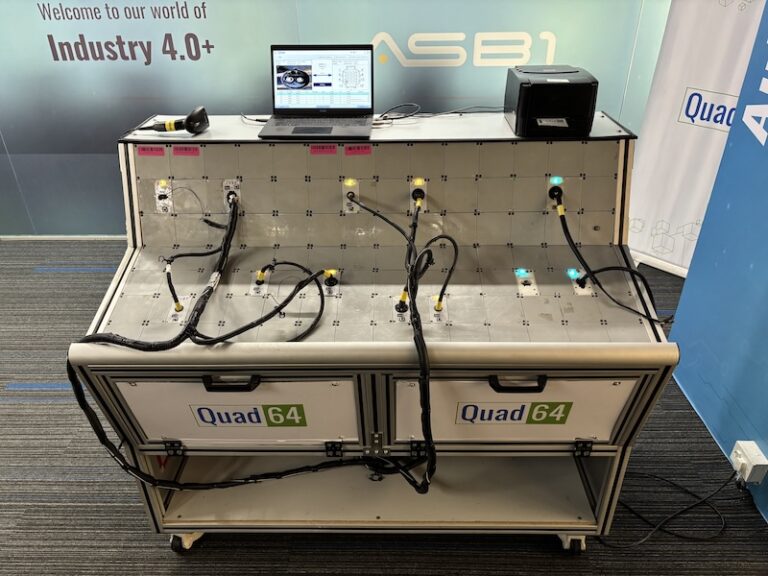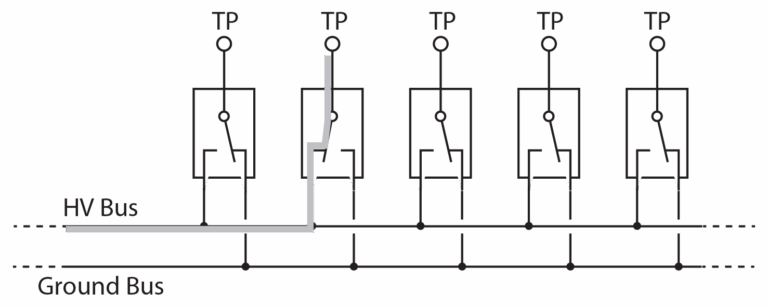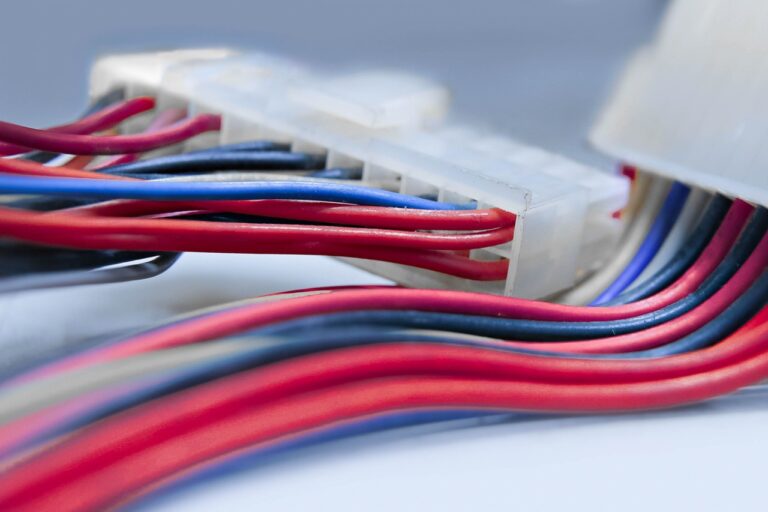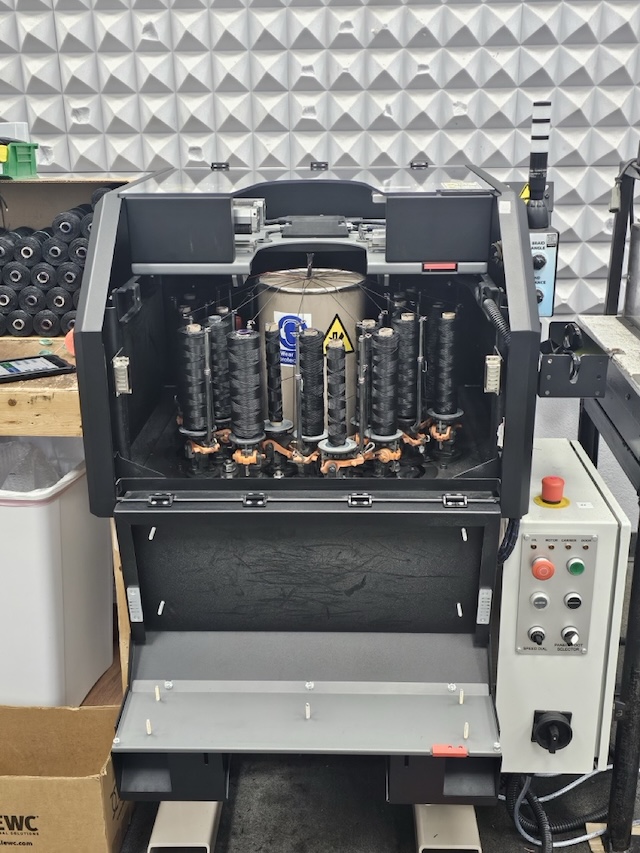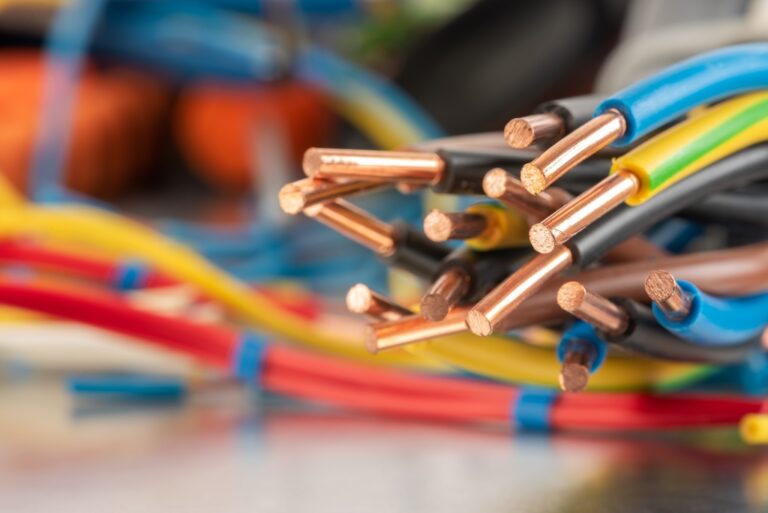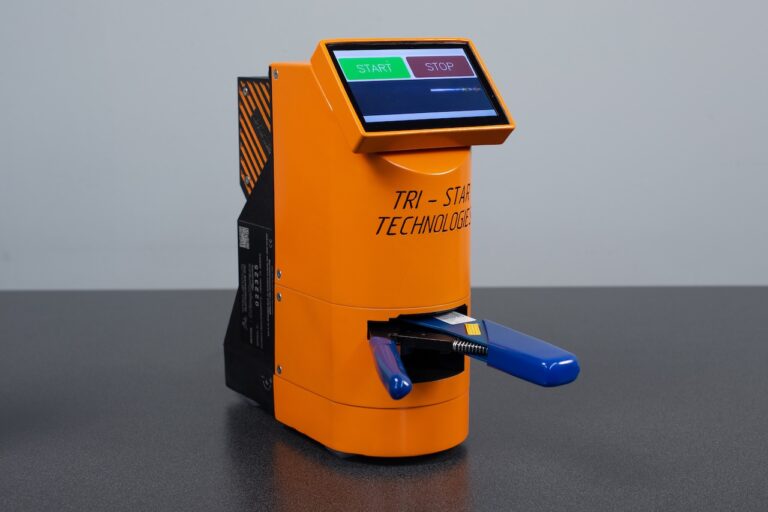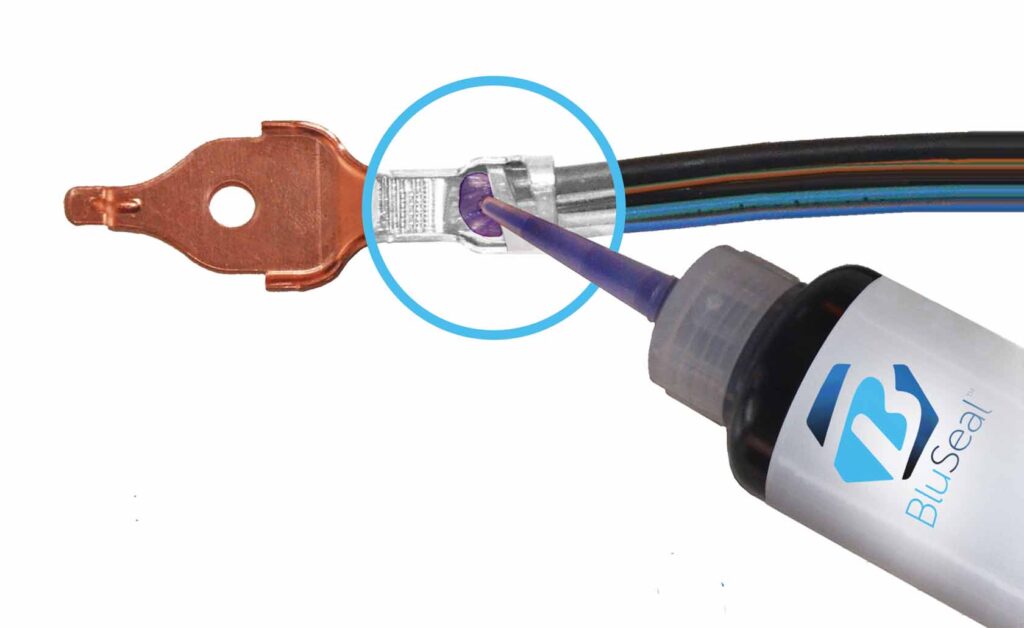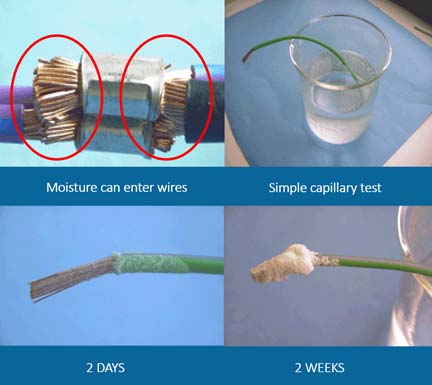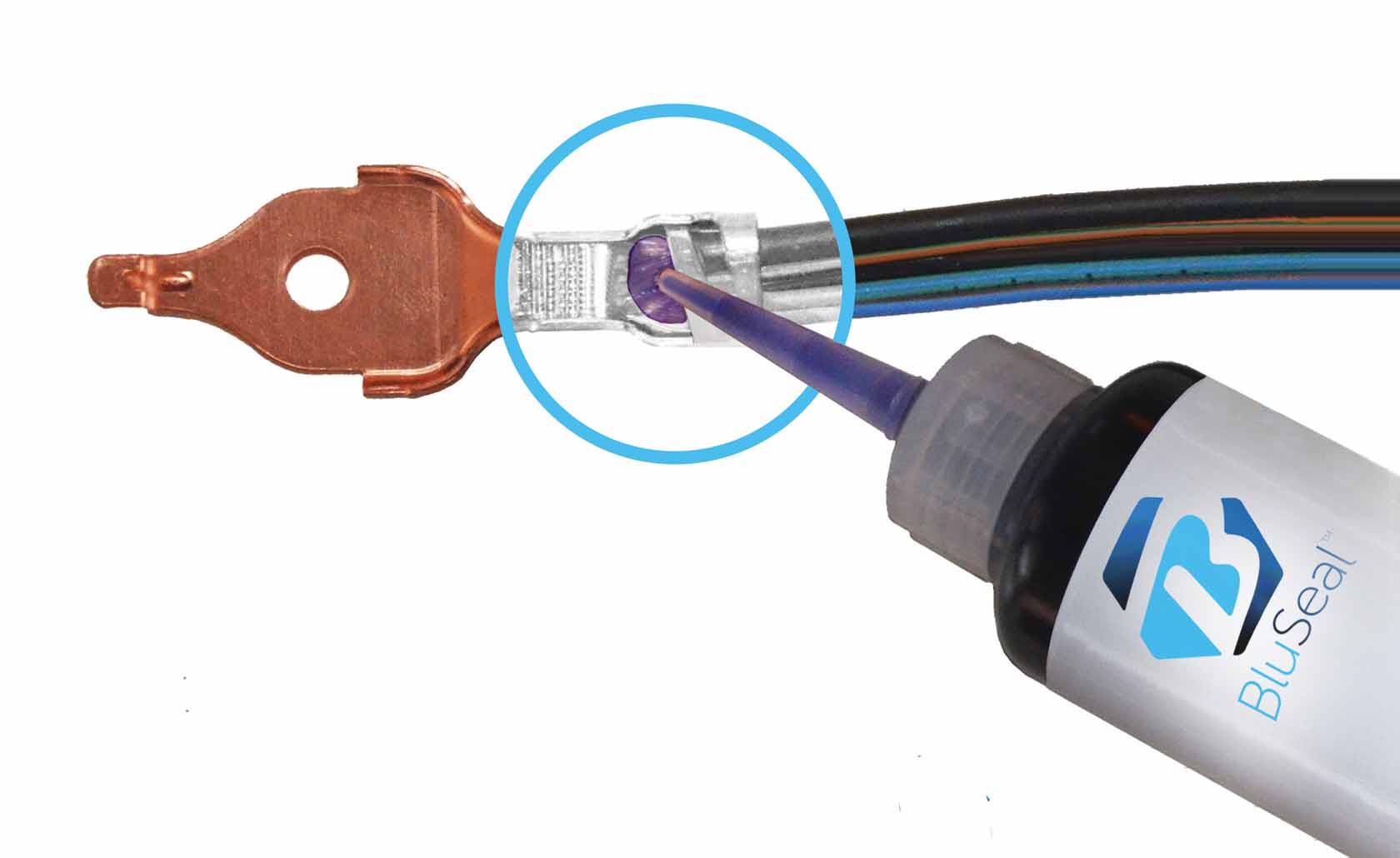Analyzing Splice Failures in Automotive Wiring Systems
By Paul Waszkowski – Eurotech
Some of the highest causes of vehicle downtime and repair are wiring related. It is difficult to get hard statistics on this topic because OEMs don’t like to publish too much information on what causes their products to fail, but those of us in the industry know that this battle for environmental robustness continues, even though many technical advancements have been achieved. Most people don’t realize that there were fully functional anti-lock brake systems (ABS) in the 1970’s that could have saved many lives, but these mostly had to be pulled from the market due to wiring problems.
It would be a few decades later that the National Highway Traffic Safety Administration’s Federal Motor Vehicle Safety Standards could finally mandate ABS for commercial vehicles and eventually passenger cars, because the electrical system state of the art finally caught up to the harsh demands of such a safety critical function.
With ever increasing content on modern vehicles and the number of wire connection points easily reaching into the high hundreds, electrical system integrity has never been more important, since a single failure can be enough to bring one of these systems down. In the past it would be common to see non-sealed connectors and electronic control units (ECUs) all around the vehicle, but now these are mostly sealed against water intrusion.
As these major electrical system components advanced in design, the stresses caused mainly by temperature changes and water contamination have pushed the failure mode to the next weakest link in the system; splices and eyelet terminals. These have long been areas of concern for corrosion, but recent field experience indicates overall electrical system evolution has made them the top focus for improvements and is driving updates to electrical standards at all of the major OEMs.
Two Interesting Examples:
A ground splice located outside on the chassis harness was in a wet environment. One of the sealed ECUs connected to this ground splice was mounted safely in the cab of the vehicle. However due to temperature changes, the air volume in the ECU caused pressure cycling that drew salt-contaminated water all the way into the ECU, filling it and causing failure. This breathing phenomenon is now recognized throughout the vehicle industry, and one OEM actually refers to a sealed ECU as a, “Lung box.”
In another case, a splice that was thought to be sealed was exposed to water splash in the engine compartment. Water ingress progressed throughout the wire harness due to the forces of capillary action between the copper strands and the entire wire harness had to be replaced. This powerful capillary action can easily be demonstrated in the lab as shown in figure 1, using salt water.
Room for Improvement
For many years the industry has exclusively depended on adhesive lined heat shrink tubing to seal splices and protect eyelet terminals but with the new OEM test standards in place, harness manufacturers are forced to validate that the splice is sealed, and this has exposed issues. Wiring engineers can erroneously think that if the heat-shrink glue flows, the splice must be sealed, but this is not always the case. As reliable as heat shrink tubing is when properly applied, there are many cases where the application process is not verified. Heat shrink tubing has also demonstrated limitations due to high splice complexity and when the geometry of a terminal is such that it cannot be sealed with the shrink tube adhesive alone. This is especially true as the number of wires terminated to a single splice junction or eye terminal increases. This has forced the industry to start looking and testing alternative solutions for wire sealing like mastics and butyls, but these have proven to have their own issues with inconsistent and labor-intensive manual application, compatibility concerns with wire insulation, and environmental deterioration.
A New Approach
A low viscosity liquid sealer has been engineered to solve these concerns by sealing wires in an entirely new way. BluSeal is a low viscosity liquid sealer that wicks between wire strands utilizing the capillary forces and cures quickly forming a durable, semi-flexible barrier, to provide a permanent and effective sealed splice or terminal over the life of the wire harness. It has a unique automotive-grade formulation, with excellent bend characteristics over a wide range of temperatures and has extremely robust moisture and chemical resistance. Once the sealant is in place, water and contaminants are permanently blocked and can no longer wick, preventing most corrosion failures. Since the BluSeal advanced sealing method works at the wire-strand level, it can provide sealing on most splices even with high wire count and substandard construction, where adhesive lined heat shrink tubing and butyl could fail to seal. This can allow future wire harness designs to successfully combine more leads into fewer splices.
The sealant can be applied to a terminal using a precision drop application or by dipping an entire splice into a bath. The method will depend on the splice construction and manufacture’s desired process. Eurotech, producers of BluSeal sealant technology, can also provide application solutions such as a dip machine (BDM), to help reliably increase the manufacturer’s splice sealing. (see full Press Release on Eurotech’s BluSeal sealant and application technologies in the News Plugs section, type BluSeal in search box under the More tab.)

























